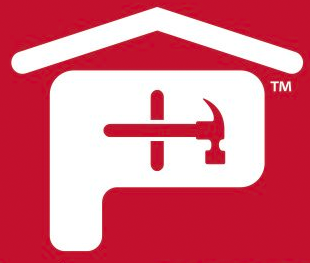The World Green Building Council estimates green building as a half-trillion dollar industry in the United States today. According to a recent McGraw-Hill Construction report, the value of new green building alone is expected to reach $204 billion to $248 billion by 2016; that is nearly double what it is today. Supply chains for green materials and technologies continue to increase as building codes become stricter, and polyiso insulation ranks at the top of the list when it comes to meeting and exceeding these new energy codes. Despite a still uncertain economy, green building materials are in high demand.
Speed Of Growth
Green building has inspired the evolution of polyiso insulation board, along with other material, product, and process innovations responsible for accelerating the adoption of green design. The core of green building centers on integrated design to enable all parties to work together for the same goal.
An overall understanding that everything is connected, will allow for all systems to be considered--building envelope, heating, cooling, ventilation, lighting, water--before the construction process begins, ultimately saving time and keeping costs as low as possible. Over the past 20 years, contractors have become more adept at delivering cost-effective green building systems by integrating this strategy into the development process from the beginning of a building’s life cycle.
Benefits Of Growth
While the environmental benefits of green buildings have been firmly established, green buildings also deliver a range of powerful financial and social benefits. They create jobs, reduce strain on public infrastructure and resources, and inspire growth and innovation in the local economy.
An increase in government regulations and incentives has made a considerable impact on recent trends as well. Federal, state, and local level government agencies have expanded green building legislation at a vigorous rate. Stricter government regulation at both federal and local levels may eventually make green building the norm for new and renovated buildings in the future.
Common incentives include:
- Grants
- Rebates
- Loans
- Bonus density
- Expedited permits
- Utility rate discounts
- Tax credits
Though a green building is defined as one built to LEED or an equivalent standard, or one that is energy- and water-efficient, plus addresses improved indoor environmental quality and resource efficiency throughout its lifecycle, the U.S. Green Building Council (USGBC) realizes that the environment and the economy must both be considered when a push in development is on the rise.
Future Of Growth
Wherever the motivation is coming from, the outcome to green building is the same: a healthier environment. With buildings being the largest consumers of energy, by sector, in the U.S., it doesn’t matter why sustainable construction practices are becoming increasingly more mainstream, just as long as the trend continues. According to the U.S. Green Building Council (USGBC), it will. Each year, they certify more future green build projects than the previous year.
Green building is not a quick-fix development trend; it is an omnipresent approach to a sustainable future. The way things are progressing--environmentally, economically, and socially--its relevance and importance will only continue to increase.



 Gear!
Gear! PRO LOGIN
PRO LOGIN